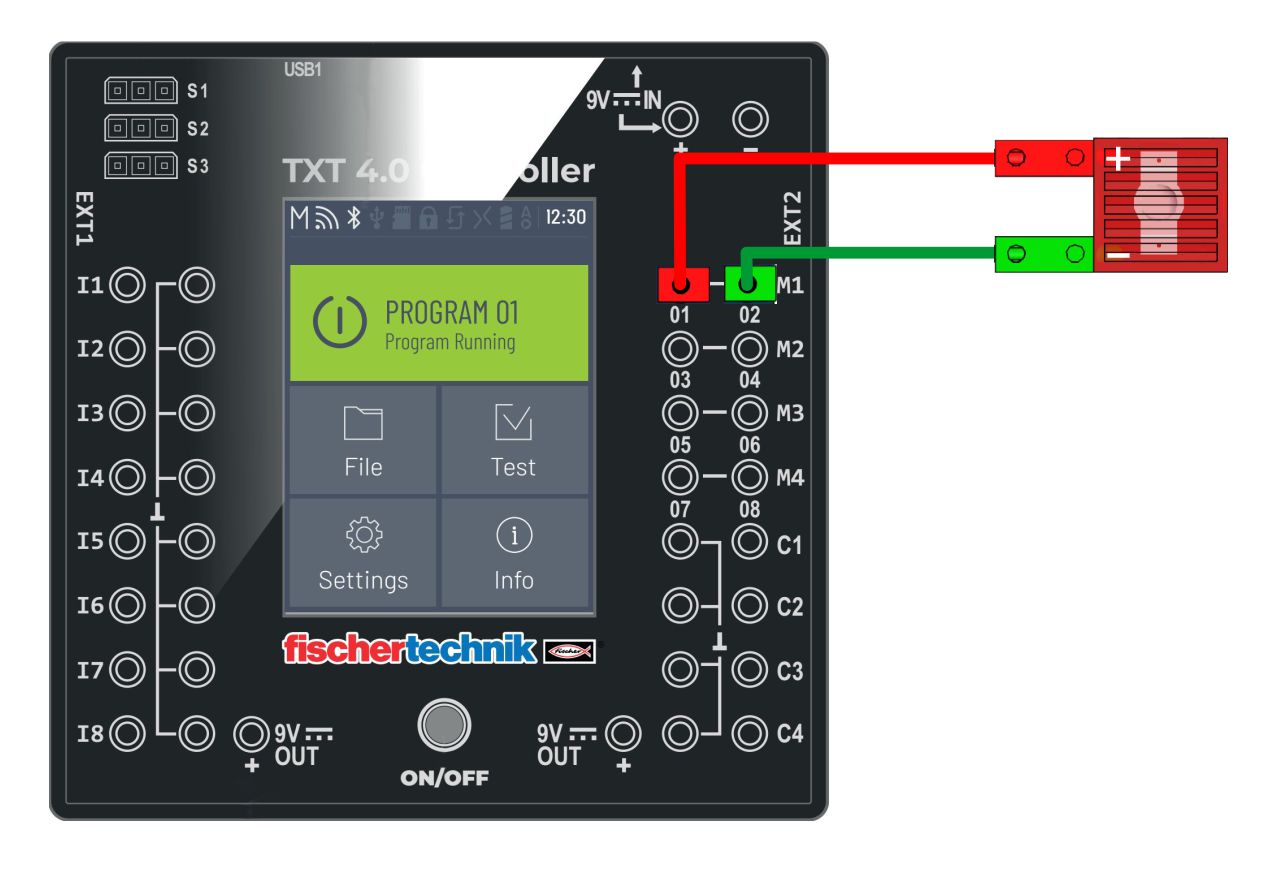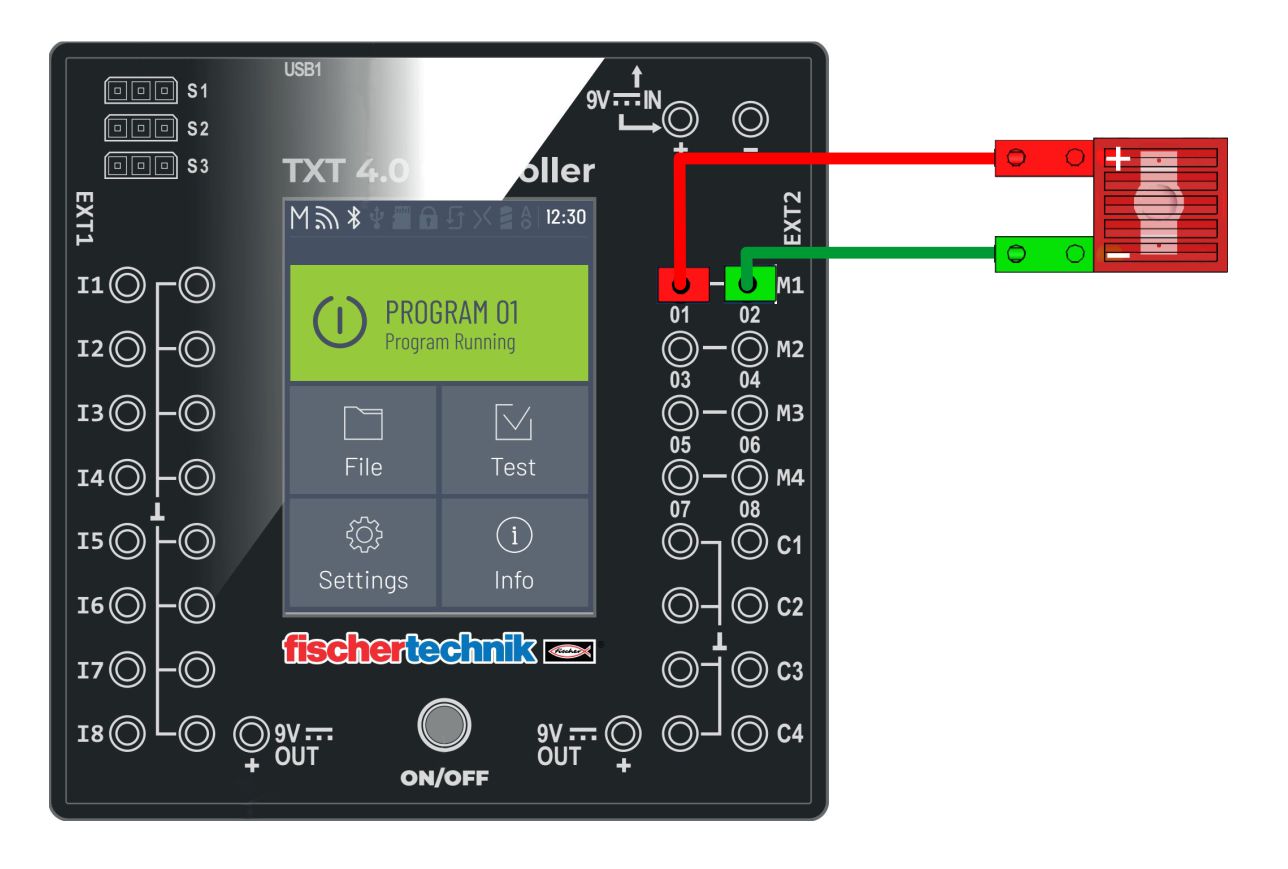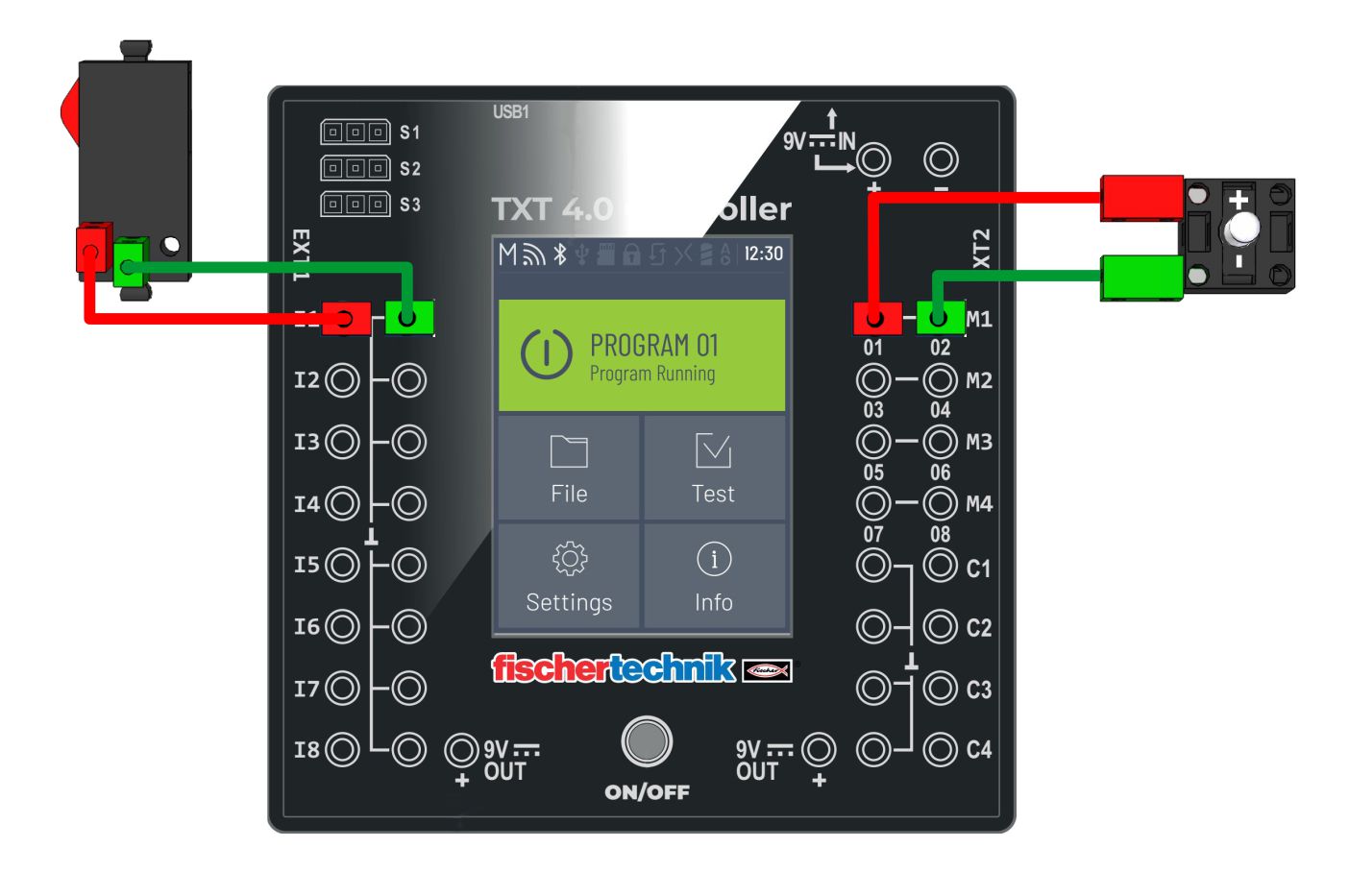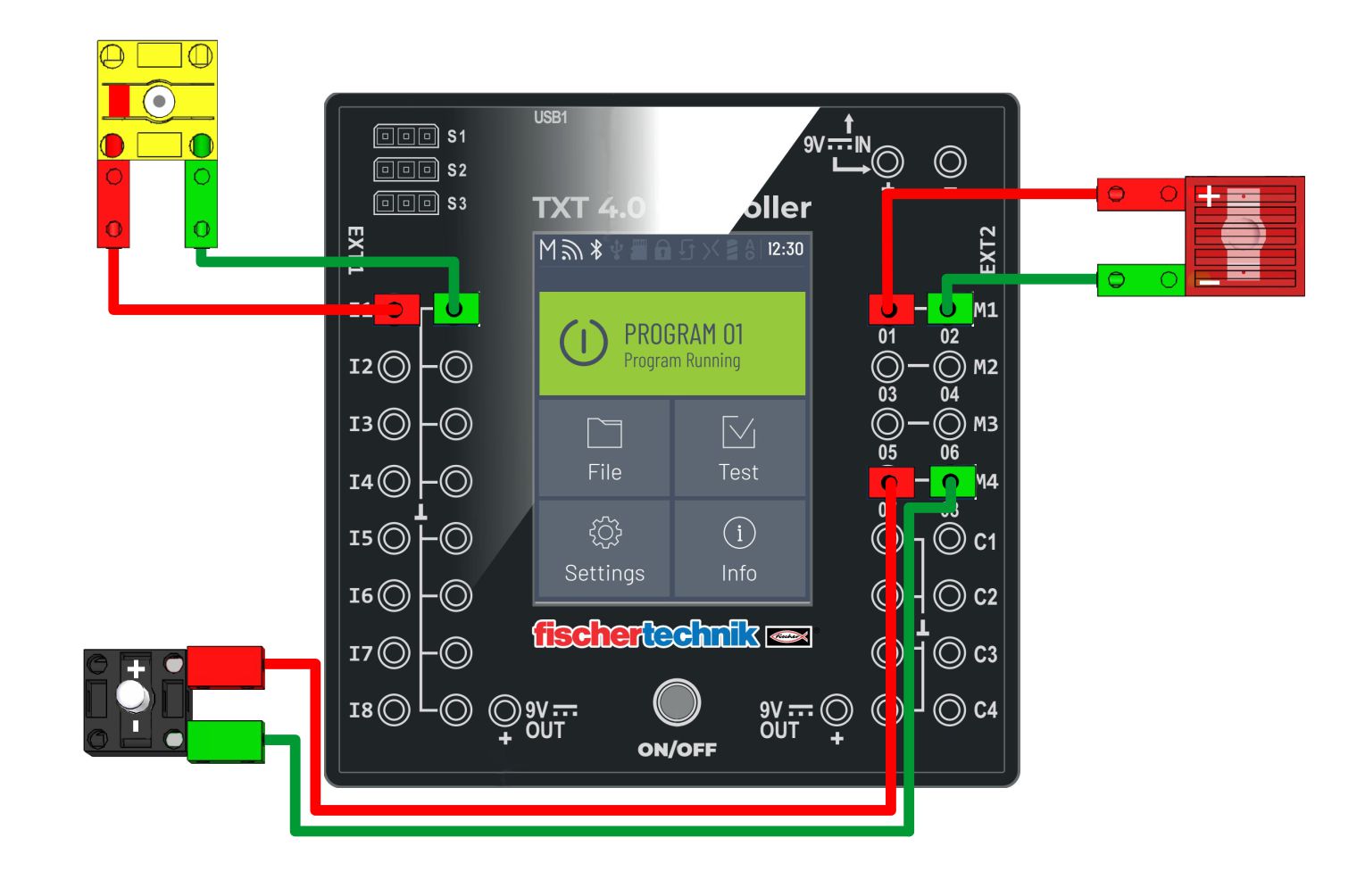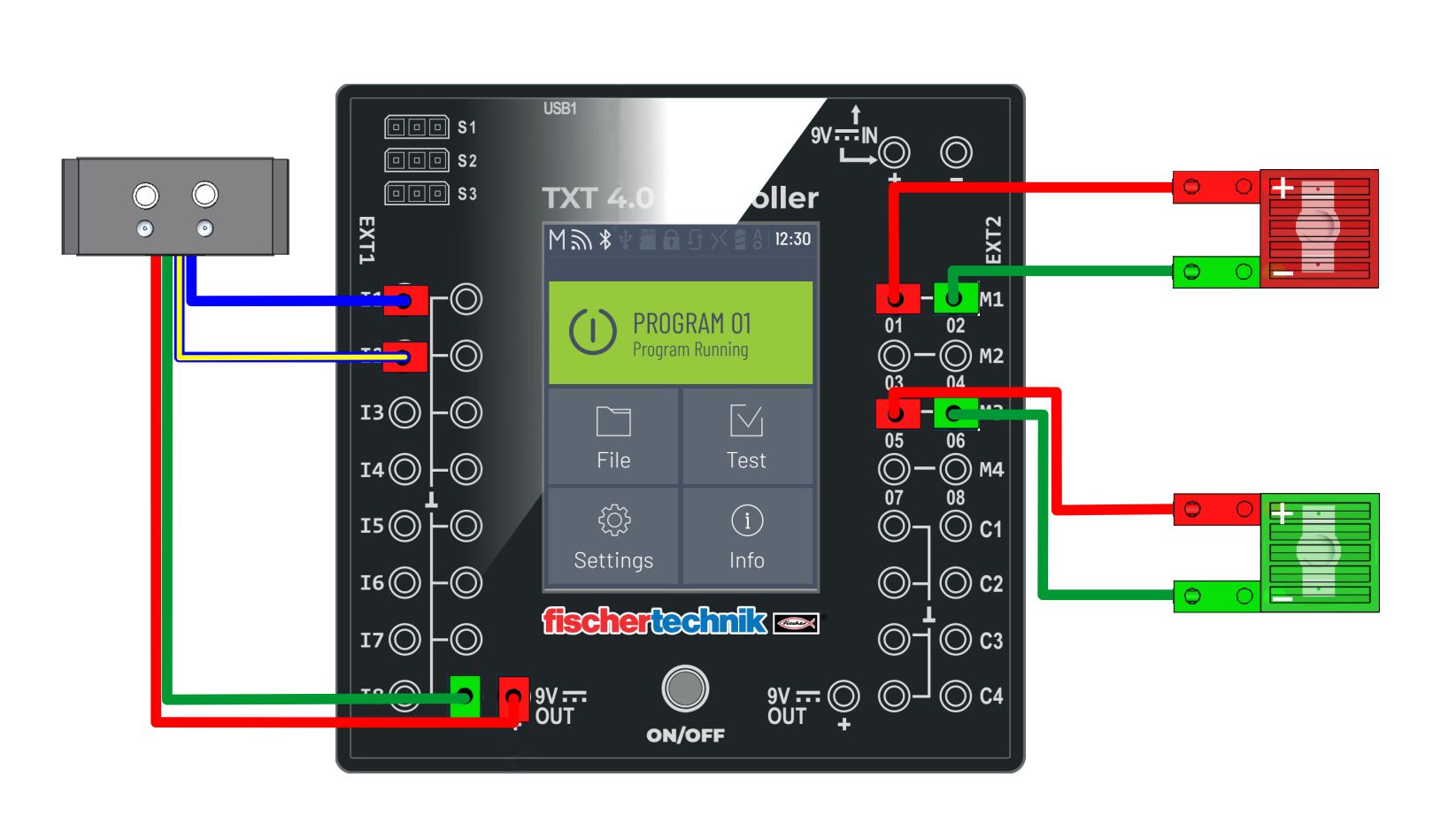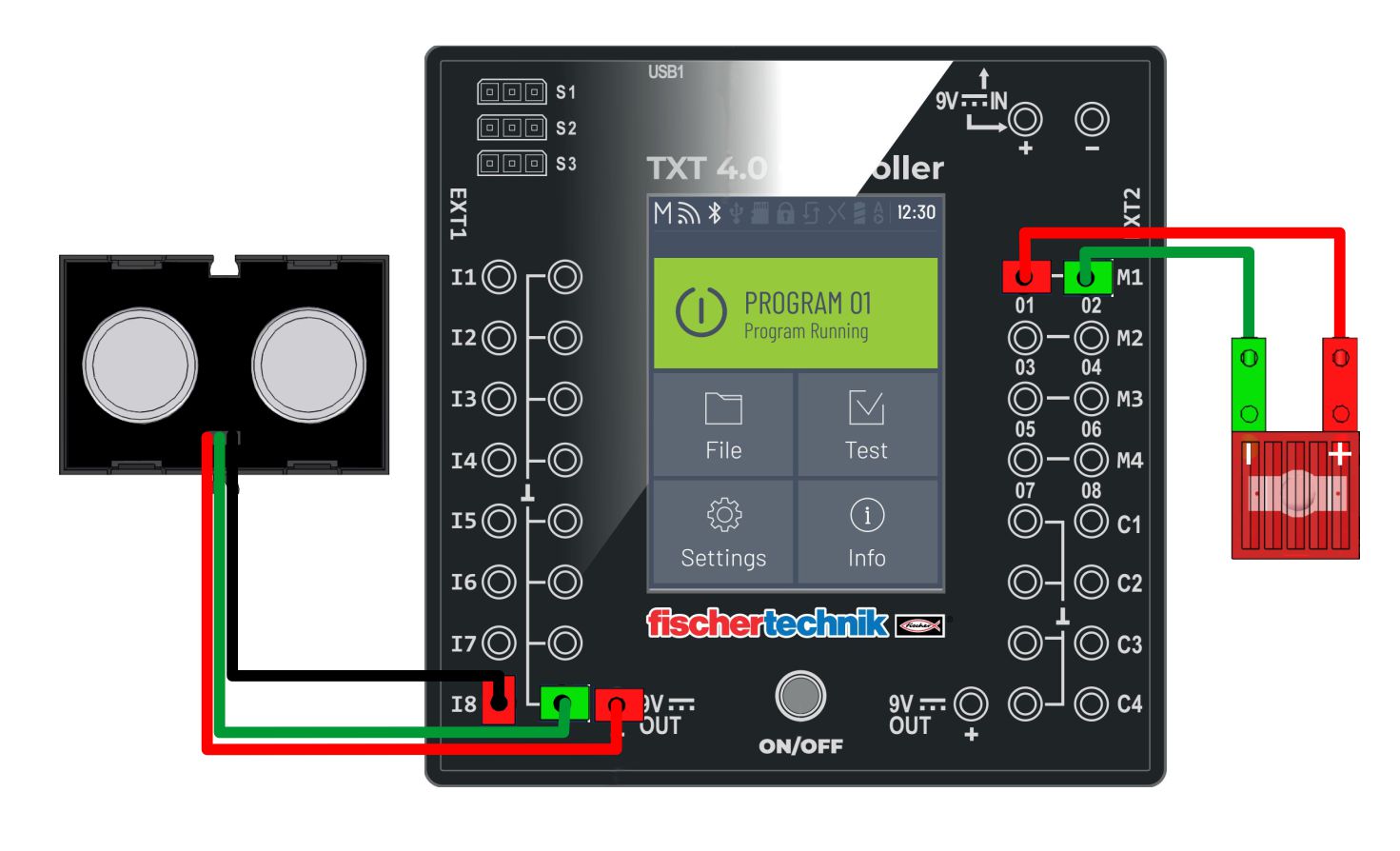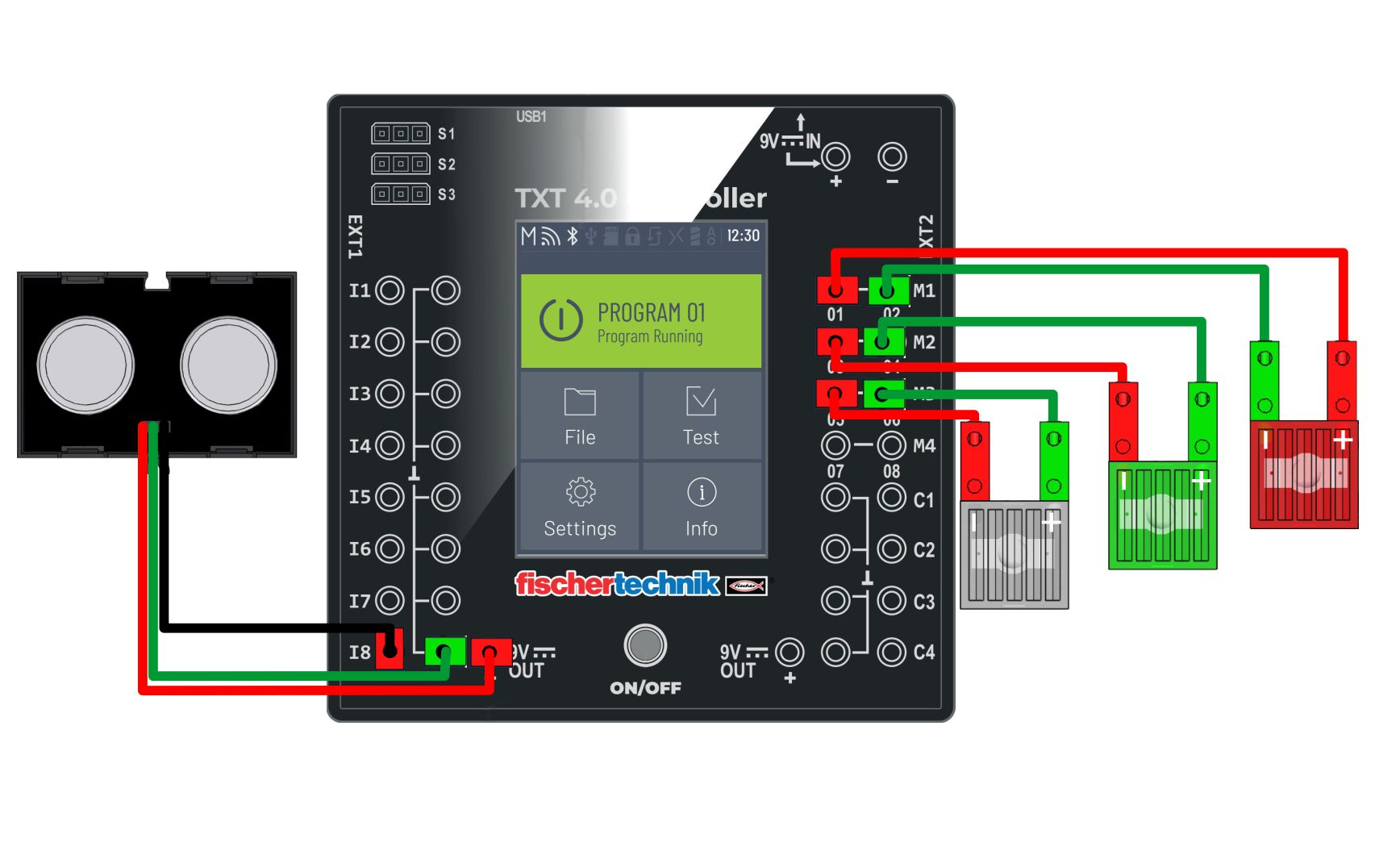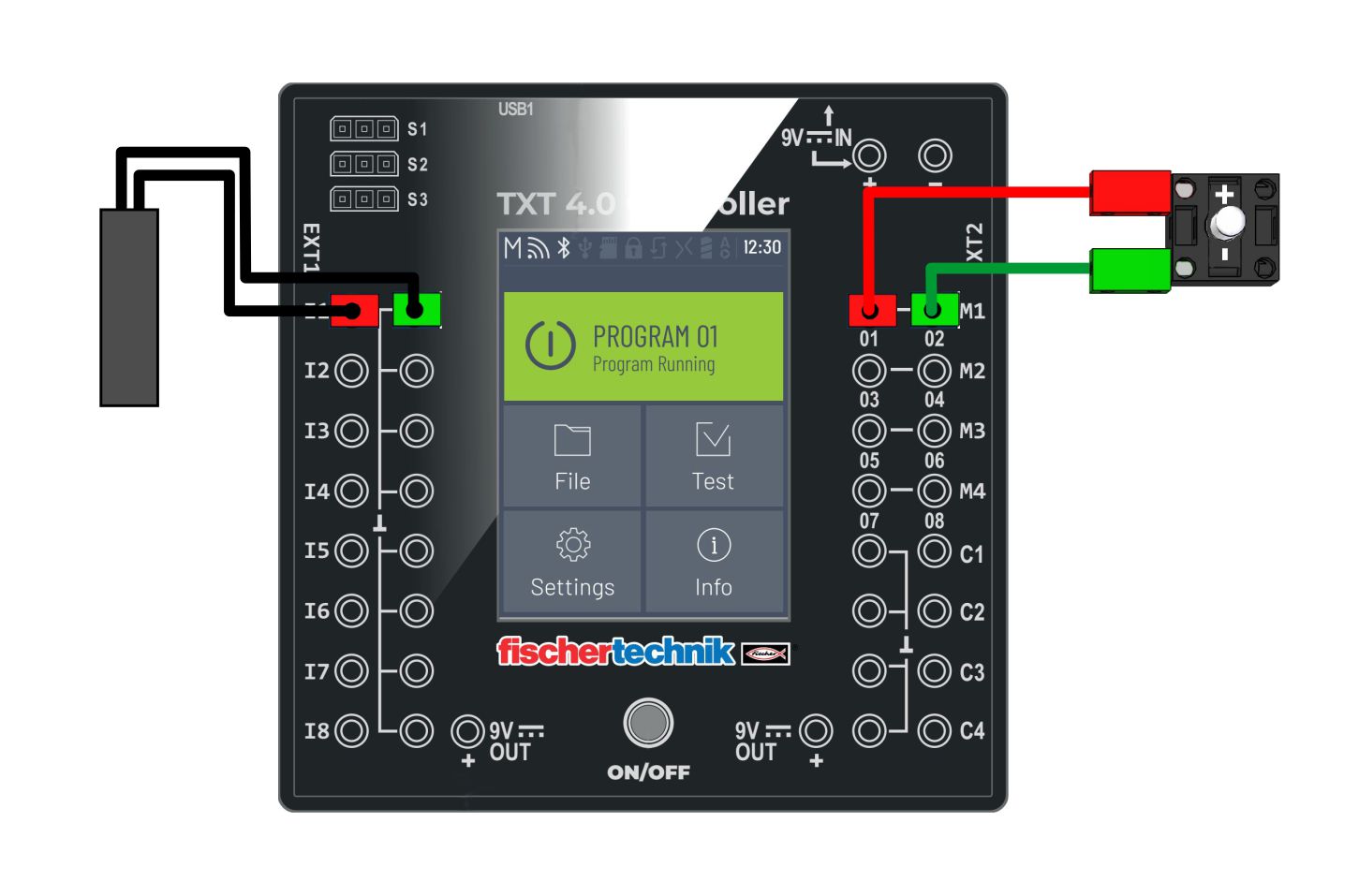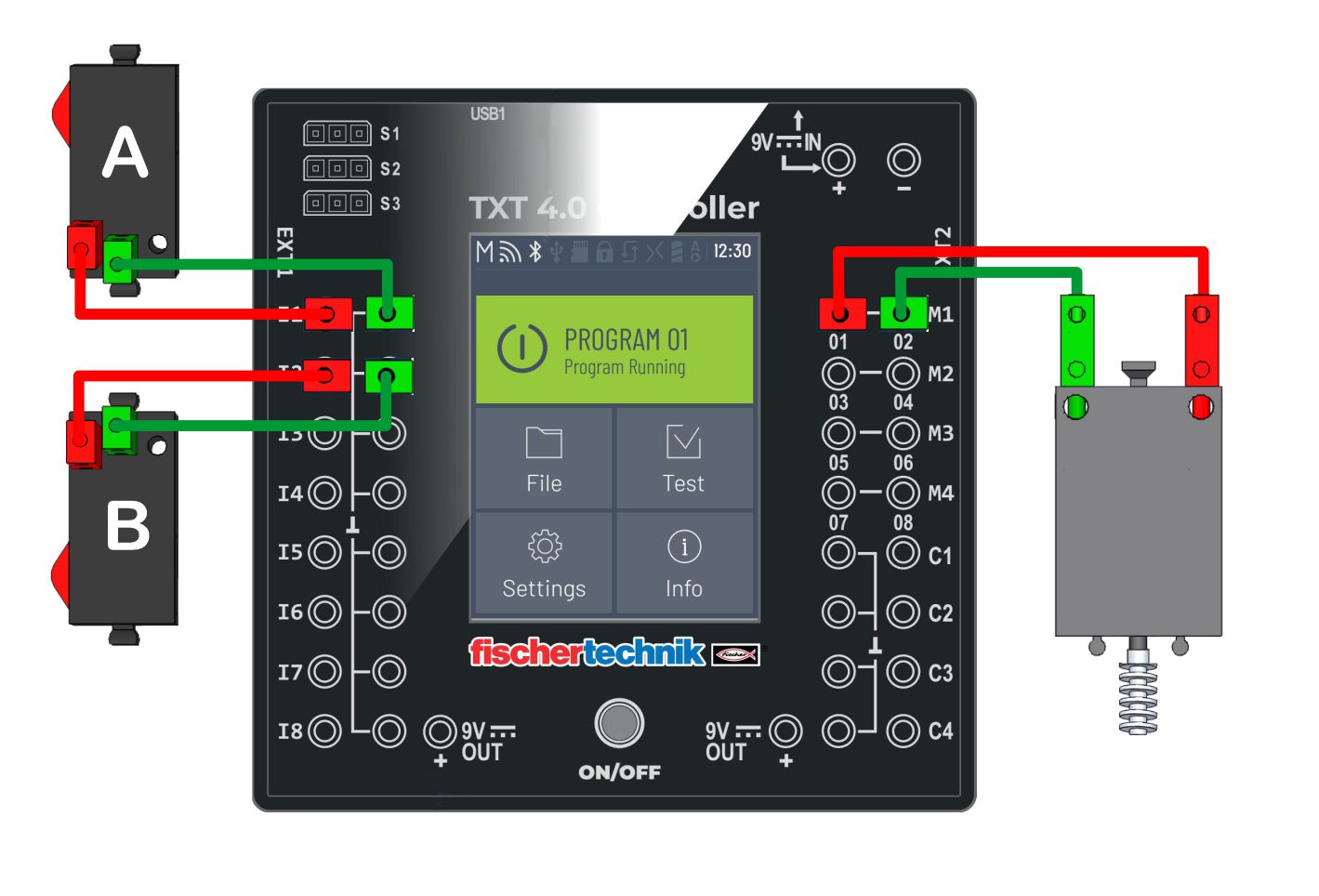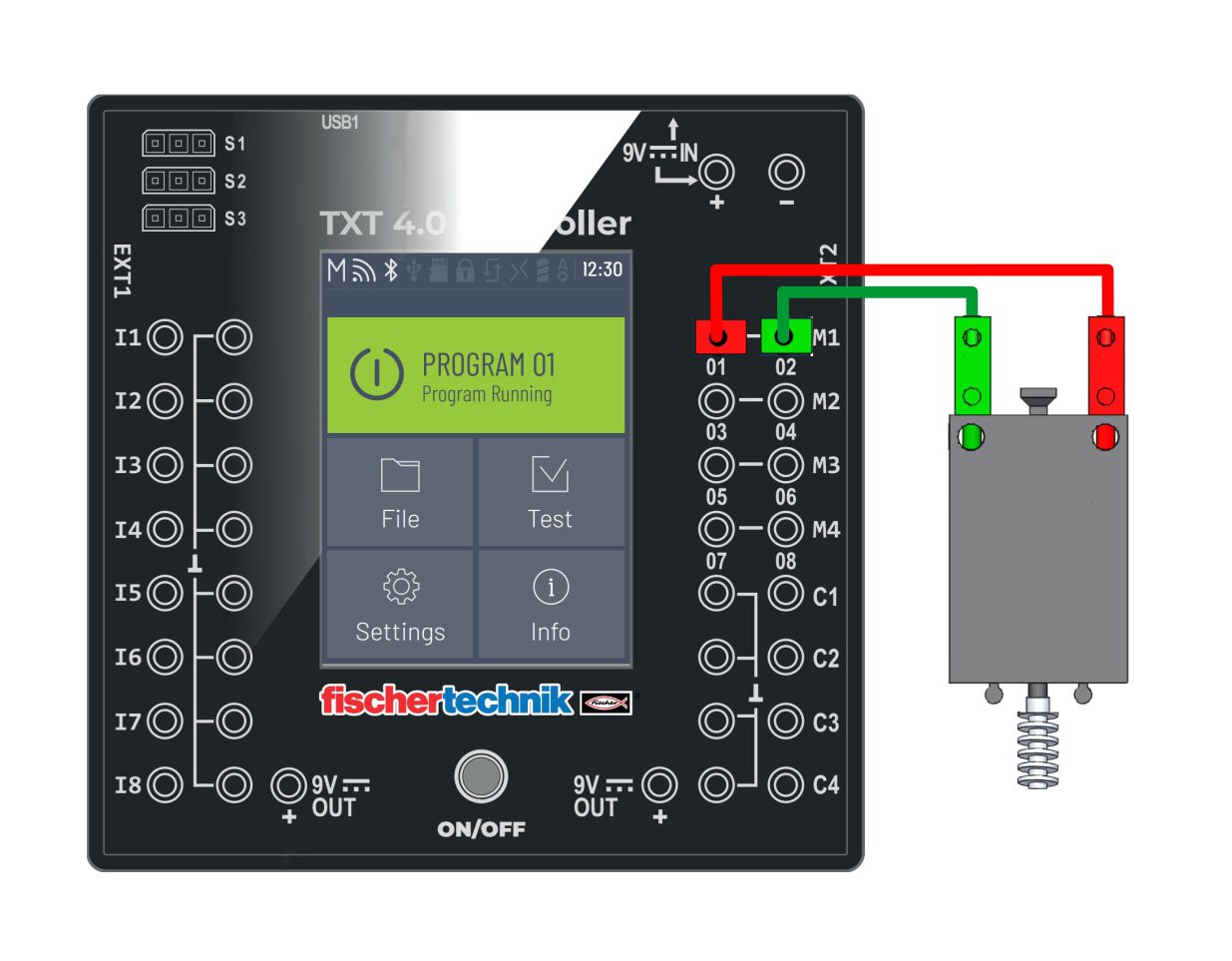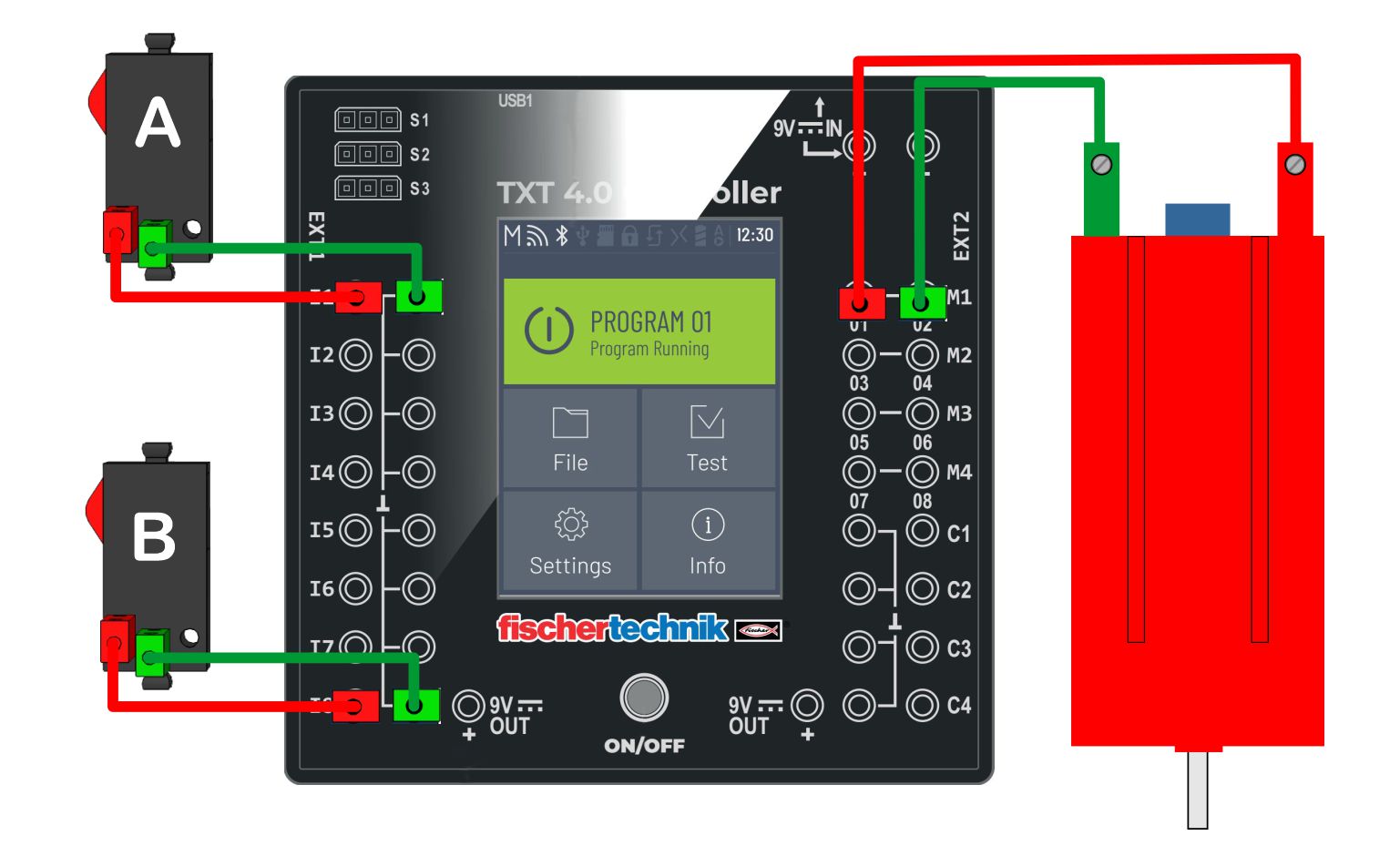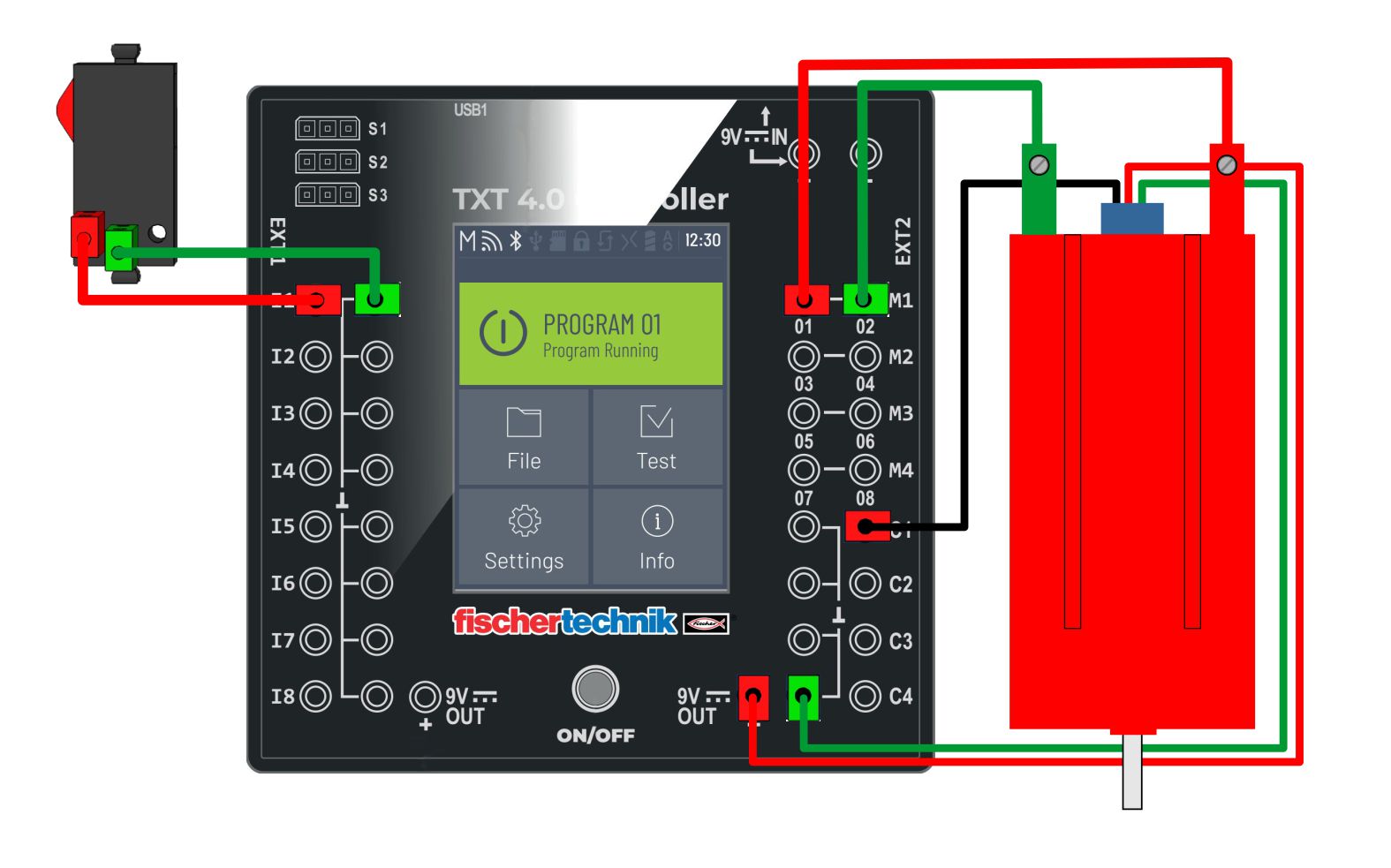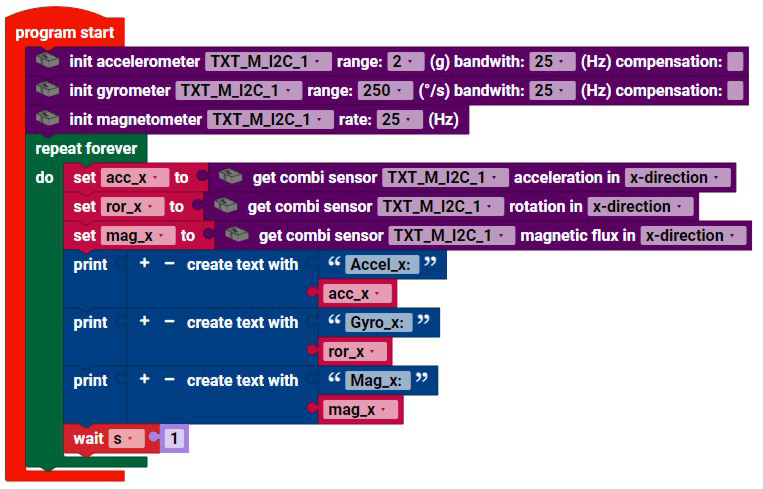| PROGRAMMING SCHOOL | RoboPro Coding - TXT 4.0 |
| 1. | Turn on the digital LED | 9. | COLOR sensor | ||||||
| 2. | Analog LED control | 10. | MAGNETIC sensor | ||||||
| 3. | The LED lights up via a switch | 11. | MOTOR control with switches | ||||||
| 4. | PHOTO transistor | 12. | MOTOR speed control | ||||||
| 5. | PHOTO resistor (analog) | 13. | MOTOR - impulse gear | ||||||
| 6. | IR sensor | 14. | ENKODER motor | ||||||
| 7. | ULTRASOUND sensor (1.) | 15. | SERVO MOTOR | ||||||
| 8. | ULTRASOUND sensor (2.) | 16. | Combi sensor 6 Pin | ||||||
| |||||||||||||||||||||||||||||||||||||||||||||||||||||||||||||||||||||||||||||||||||||||||||||||||||||||||||||||||||||||||||||||||||||||||||||||||||||||||||||||||||||||||||||||||||||||||||||||||||||||||||||||||||||||||||||||||||||||||||||||||||||||||||||||||||||||||||||||||||||||||||||||||||||||||||||||||||||||||||||||||||||||||||||||||||||||||||||||||||||||||||||||||||||||||||||||||||||||||||||||||||||||||||||||||||||||||||||||||||||||||||||||||||||||||||||||||||||||||||||||||||||||||||||||||||||||||||||||||||||||||||||||||||||||||||||||||||||||||||||||||||||||||||||||||||||||||||||||||||||||||||||||||||||||||||||||||||||||||||||||||||||||||||||||||||||||||||||||||||||||||||||||||||||||||||||||||||||||||||||||||||||||||||||||||||||||||||||||||||||||||||||||



